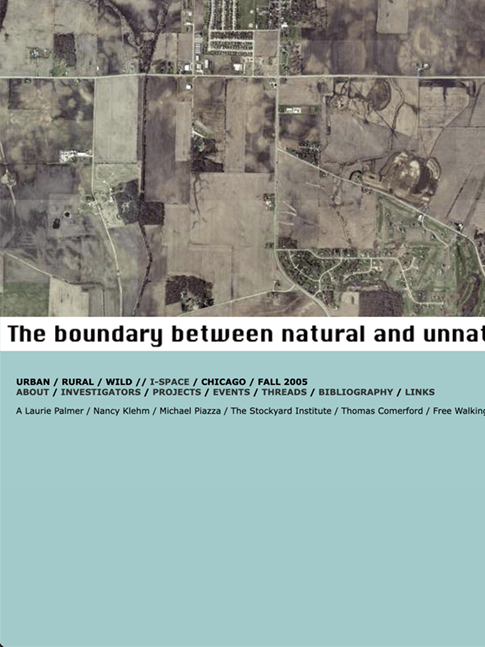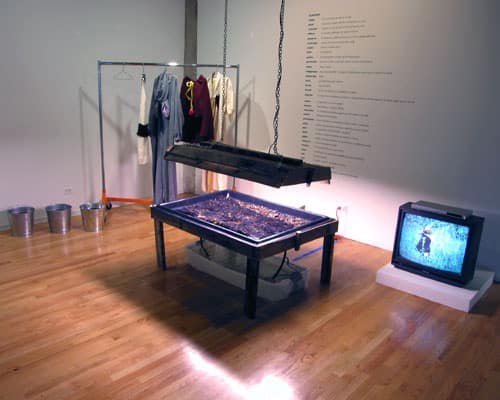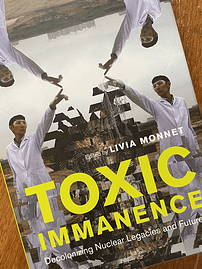The exhibition “Urban, Rural, Wild” presented work by eight artists addressing the complex historical and contemporary relationship between metropolitan Chicago and downstate Illinois. The state’s flat and fertile expanse of prairie offered a bounty of resources for nineteenth-century urban development and presented few physical obstacles to immense twentieth-century sprawl. Today, Chicago stands in apparent opposition to its surroundings, a “Third Coast” whose deep blue color on electoral maps is conspicuously surrounded by a sea of red. City officials and developers salivate over latte liberals, high-tech workers, and urban entrepreneurs who seem more at home in any coastal city than anywhere south of I-80. Indeed, contemporary, global Chicago may well be linked more closely to London, Mumbai, and Mexico City than to Loda, Makanda, or Farmer City. Nevertheless, artifacts of corn remain amid the skyscrapers, brick bungalows, and three-flats: a vast network of semi-decayed rail lines; towering, concrete grain elevators; and the computerized abstractions of crops and livestock at the Chicago Board of Trade. “Urban, Rural, Wild” presented just a few preliminary investigations into the interplay of culture and nature in our region and seeks to generate broader and more sustained consideration of the environmental and social consequences of the country/city dialectic in Illinois and throughout the Midwest. For more information, visit the Urban, Rural, Wild website.
Credit
Sarah Kanouse and Nicholas Brown, curators, “Urban, Rural, Wild,” September 9 – October 22, 2005, I space Gallery, Chicago









